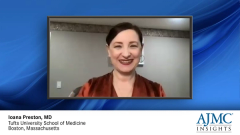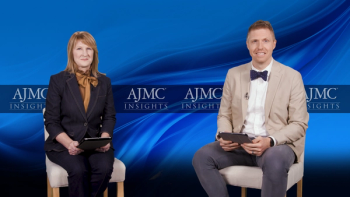
Opinion|Videos|May 6, 2024
Breaking Down the PAH Cost Burden
Author(s)Marius Hoeper, MD
Marius Hoeper, MD, discusses the direct medical costs and indirect socioeconomic costs associated with the treatment of pulmonary arterial hypertension (PAH), including hospitalizations, outpatient care, and patient productivity and quality of life.
Advertisement
Episodes in this series

Video content above is prompted by the following questions:
- What are the direct medical costs and indirect socioeconomic costs associated with managing pulmonary arterial hypertension (PAH), including hospitalizations, outpatient care, and impacts on patient productivity and quality of life?
- How does the overall burden of PAH, in terms of clinical outcomes and resource utilization, vary across different patient populations and health care settings? Are there any disparities that clinicians and payers should be more aware of?
Newsletter
Stay ahead of policy, cost, and value—subscribe to AJMC for expert insights at the intersection of clinical care and health economics.
Advertisement
Latest CME
Advertisement
Advertisement
Trending on AJMC
1
FDA Approves Oral Semaglutide as First GLP-1 Pill for Weight Loss
2
Patients With CKD Are Less Likely to Receive Adjuvant Chemotherapy
3
Obstructive Sleep Apnea Identified as Potential Risk Factor for Parkinson Disease
4
ICYMI: Highlights From ESMO 2025
5






































